Designing an e-book cover for self-publishers involves capturing the essence of the story while conveying the genre, tone, and themes in a visually appealing way.
To implement this side hustle, follow these key steps:
- Identify the target audience and genre conventions to ensure the cover resonates with readers.
- Balance creativity with commercial appeal, adhering to design principles while avoiding clichés.
- Use typography, imagery, and color palettes to convey the tone and themes of the story.
- Optimize the cover for digital platforms, considering factors such as resolution, file size, and aspect ratio.
By mastering these skills, self-publishers can create a compelling e-book cover that sets their book apart and attracts readers in a crowded market.
Understanding E-book Cover Design Principles
Creating an effective e-book cover for your side hustle as an author or publisher requires a convergence of design elements, from typography to imagery, that not only capture the essence of the book's content but also meet the unique demands of digital display.
As the first point of contact between your book and potential readers, the cover should convey the genre, tone, and themes of the book through a single, impactful image.
To create a compelling cover that stands out in a crowded market, consider the importance of imagery, color psychology, and visual storytelling. Genre expectations also play a crucial role, with romance novels and science fiction novels demanding distinct design approaches.
Consistent branding across a series or an author's body of work can foster recognition and loyalty among readers, driving sales and engagement.
By understanding the principles of effective e-book cover design, including market trends and consumer expectations, you can craft covers that capture the audience's attention and accurately represent your book's content, helping you build a successful side hustle as a writer or publisher.
Choosing the Right Design Tools
With a solid grasp of e-book cover design principles, the next vital step is to select the right design tools to bring your creative vision to life.
A myriad of design software options are available, each offering a unique set of features and functionalities that can either hinder or enhance the design process.
Popular Design Software Options
Selecting the ideal design software is an essential step in creating visually appealing side hustle materials, such as e-book covers, social media graphics, and marketing materials. The right software can greatly impact the final product's quality and overall aesthetic appeal. With numerous options available, it's vital to consider the tools that best suit your design needs and side hustle goals.
| Software | Key Features | Benefits |
|---|---|---|
| Canva | Drag-and-drop interface, vast template library, collaboration tools | User-friendly, efficient, and affordable for solo entrepreneurs |
| Affinity Designer | Professional-grade vector graphics, intuitive UI, compatible with Adobe files | Powerful, flexible, and cost-effective for small businesses |
| GIMP | Free and open-source, customizable, compatible with various file formats | Versatile, adaptable, and budget-friendly for bootstrapped side hustles |
In addition to these popular options, consider exploring Adobe alternatives like Inkscape and CorelDRAW, which offer robust feature sets and intuitive interfaces. Sketch and Figma also provide excellent solutions for side hustle design needs, with a focus on user interface (UI) and user experience (UX) design. Ultimately, the right software will depend on your specific design needs, skill level, and side hustle goals. Familiarize yourself with the strengths and weaknesses of each tool to make an informed decision.
Essential Graphic Design Skills
Developing essential graphic design skills is crucial for side hustlers looking to offer high-demand services in the gig economy.
One vital aspect of design is color psychology, which involves selecting colors that evoke the right emotions and resonate with clients' target audiences. A skilled designer understands how to harness the power of colors to convey a brand's tone and atmosphere, making their visual identity more attractive to potential customers.
Another important skill is visual storytelling, where the designer distills a brand's essence into a single image or visual identity. By combining imaginative typography, clever composition, and thoughtful imagery, the designer creates a visual narrative that grabs customers' attention and invites them to engage with the brand.
A well-crafted visual identity tells a story, conveys a mood, and reflects a brand's values, all while adhering to the principles of good design.
Budget-Friendly Design Solutions
Side hustlers can create professional-looking e-book covers without overspending by utilizing a range of intuitive design tools and software. For self-publishers with limited design experience, options like Canva and Adobe Spark offer user-friendly interfaces and vast libraries of customizable templates.
These budget-friendly resources enable authors to produce engaging covers that match the quality of traditionally published books.
To get the most out of these DIY design tools, side hustlers should apply thoughtful design principles. Start by choosing a template that fits your book's genre and target audience.
Then, select a color scheme and typography that mirrors the tone and atmosphere of your writing. Lastly, carefully balance text and visual elements to create a cohesive composition that captures readers' attention.
Selecting Fonts and Typography
The art of selecting fonts and typography is a vital aspect of designing e-book covers, as it can elevate the visual narrative and create an instant emotional connection with potential readers.
Effective font selection involves choosing styles that harmonize with the book's genre, tone, and authorial voice, while also ensuring readability across various digital platforms.
Choosing Font Styles
When creating a visual identity for a side hustle, choosing the right font styles is crucial for designing an effective brand image. Bold, elegant script fonts and crisp, modern sans-serif fonts can be combined to create visually stunning logos, business cards, or website headers that capture the essence of a side hustle and appeal to the target audience.
A well-crafted font pairing can elevate the overall design, establishing a clear typographic hierarchy that guides the viewer's attention. Script fonts can add a touch of sophistication and whimsy, while sans-serif fonts provide a clean, modern contrast.
When selecting font styles for a side hustle, consider the industry, target audience, and tone of the brand. For example, a creative service might call for an elegant script font, while a tech-related side hustle might require a bold, futuristic sans-serif font.
The key is to create a harmonious balance between fonts, ensuring that the business name and tagline are easily readable and visually appealing. Experiment with different font pairings to find the perfect combination that resonates with the side hustle's message and aesthetic.
Best Typography Practices
Creating visually appealing typography is crucial for side hustlers who offer design services, including creating e-book covers for clients. To develop a stunning e-book cover, one must carefully select typography that effectively captures the reader's attention and conveys the tone and genre of the book.
Side hustlers should stay updated on current typography trends, often featuring bold, clean lines and minimal ornamentation. A well-crafted font pairing can elevate the design and create visual interest. Pairing a serif font with a sans-serif font creates a harmonious contrast that guides the viewer's eye through the composition.
Effective font pairing also relies on balancing font sizes, weights, and styles. Balancing bold, eye-catching fonts with simpler, more understated ones avoids overwhelming the viewer. Adequate white space is essential for allowing the viewer's eye to breathe and appreciate the typographic arrangement.
Font Licensing Options
For side hustlers offering e-book cover design services, navigating the complex world of font licensing options is crucial to ensure that their carefully crafted typography adheres to copyright laws and meets client expectations.
Font licensing is a significant aspect of e-book cover design, as it grants permission to use a specific font in a particular context. Understanding the various font licensing models, such as desktop licenses, webfont licenses, and server licenses, is essential in avoiding copyright infringement and protecting the side hustle business.
In exploring font licensing options, side hustlers must consider copyright considerations, taking into account the e-book's intended use, distribution channels, and target audience.
Some font foundries and marketplaces, like Google Fonts and Font Squirrel, offer free and open-source fonts that can be used for commercial purposes, ideal for side hustlers on a budget. Others, like Adobe Fonts, provide subscription-based models that grant access to a vast font library, suitable for side hustlers with a high volume of clients.
Working With Colors and Textures
The strategic incorporation of colors and textures is a crucial aspect of creating a visually appealing side hustle brand, as it can evoke emotions, convey themes, and capture potential customers' attention.
Effective use of color psychology is essential, as different hues can elicit distinct emotional responses from viewers. For instance, warm colors such as orange and red can evoke excitement and energy, while cool colors like blue and green can convey a sense of trust and stability. A well-designed brand can leverage these psychological triggers to draw customers in and set the tone for the side hustle's personality.
In addition to color, texture layering can add depth and visual interest to a side hustle's online presence. By combining different textures, entrepreneurs can create a rich, tactile experience that invites customers to engage with their products or services. From the rustic feel of handmade goods to the sleek, modern aesthetic of digital products, textures can be used to convey the side hustle's values, niche, and tone.
Using Images and Graphics
Incorporating relevant images and graphics into a side hustle's brand identity can elevate its visual appeal, adding an extra layer of meaning and dimensionality that captivates potential customers. Effective image sourcing involves finding high-quality visuals that complement the side hustle's subject matter and tone.
With so many online resources at hand, it's often difficult to discern which visuals can be used freely versus those that require permission to reproduce. To avoid unforeseen copyright issues, side hustlers can explore Creative Commons, public-domain, and royalty-free image vendors offering flexible licensing terms as primary resources.
When creating custom graphics for a side hustle, securing permissions in the form of correct licenses becomes necessary. An official graphic licensing agreement secures permission from the source artists, allowing side hustlers unrestricted use of their visually impactful designs.
By applying legitimate and properly licensed digital materials, side hustlers eliminate possible risks of financial claims, producing marketing materials built from credible assets. Select unique and thought-provoking visual aids that blend fluidly with the designed template for maximized branding – all within the range of allowed copyright policies ensuring ownership and rights.
Side hustles presented with professional quality assure higher customer engagement value in competitive marketplaces shared across the globe.
Designing for Different Genres
When creating digital products as a side hustle, understanding the nuances of genre-specific design is crucial for crafting effective sales pages and marketing materials that resonate with target audiences. Different genres of digital products evoke distinct emotional responses and visual expectations. A well-designed sales page that incorporates genre-specific aesthetics can instantly convey the tone and style of the product, making it more appealing to potential customers.
| Genre | Design Elements |
|---|---|
| Online Courses | Professional colors, clear typography, and engaging graphics |
| Stock Photography | Vibrant colors, bold fonts, and high-quality images |
| E-books | Simple layouts, easy-to-read fonts, and relevant illustrations |
Effective sales pages should not only showcase the product's features but also cater to the visual preferences of the target audience. By incorporating genre-specific design elements, side hustlers can increase the appeal of their digital products and attract the right customers. A sales page that accurately represents the genre can also help set customer expectations and improve the overall purchasing experience.
Creating a Compelling Visual Hierarchy
Crafting a visual hierarchy that guides potential customers' attention through a deliberate arrangement of typography, color, and imagery is essential for creating a side hustle brand identity that effectively communicates its value proposition and resonates with its target market.
A well-designed visual hierarchy creates a clear visual focus, drawing the viewer's eye through a series of elements that convey the side hustle's unique selling points. To achieve this, entrepreneurs must balance elements such as logo placement, typography, and color using contrast techniques that create visual interest.
Key considerations for creating a compelling visual hierarchy for a side hustle include:
- Contrast and legibility: Using contrast techniques to create visual interest while ensuring readability factors are maintained, particularly in online platforms.
- Target market alignment: Designing the hierarchy to resonate with the target market and meet industry expectations.
- Brand consistency: Ensuring the hierarchy aligns with the side hustle's brand identity and messaging.
Finalizing and Formatting Your Cover
Refining the Side Hustle E-Book Cover
Once a visual hierarchy is in place for the e-book cover, the final step in creating an effective side hustle e-book cover involves fine-tuning design elements to meet technical requirements.
A crucial aspect of this step is verifying the resolution's compatibility with multiple device screens and sizes, setting it to at least 2500 x 1200 pixels to ensure adherence to online retailers' demands.
During the final stage of the e-book design, confirming the cover uses an RGB color mode to make it suitable for all display types is also key.
Choosing the correct format becomes essential as online stores favor JPEG and TIFF over others, but also accepting the PNG format can often boost compatibility.
Furthermore, grasping specific file restrictions applied by popular online sites for self-publishing books — such as Kindle Direct and Apple Books — should become a top consideration before uploading.
The completion stage sees the cover tried on for size across an extensive suite of gadgets, systems — and e-reader storefront browsers — for making double-checked modifications that lead its viewing into tip-top presence fit enough to bring fruitful, sought-out market interest concerning the e-book by drawing the eye onto covers more than just properly handled formats.
Conclusion
Designing e-book covers for self-publishers necessitates a nuanced understanding of genre conventions, visual storytelling, and aesthetic appeal.
Effective covers convey tone and themes through strategic color psychology and typography.
With 71% of online readers admitting to judging a book by its cover, a well-designed e-book cover is essential for capturing market interest.
By adhering to publishing guidelines and optimizing visual elements, self-publishers can establish a recognizable brand identity and increase their online presence.
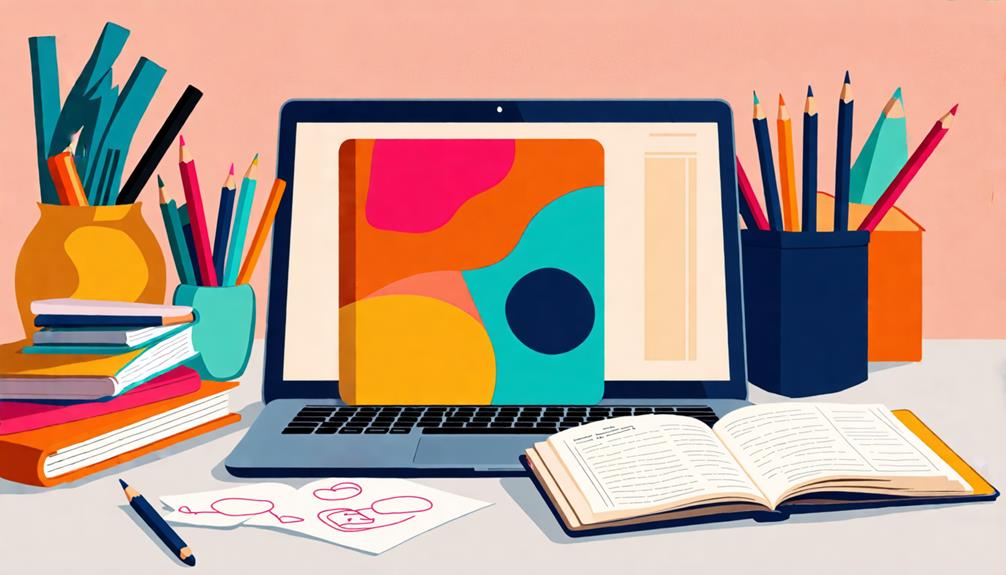


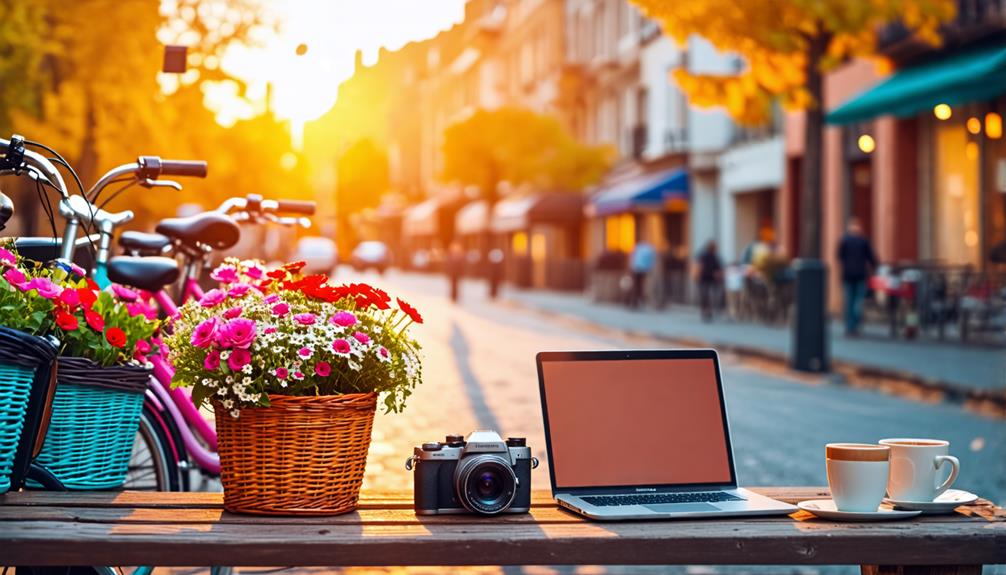
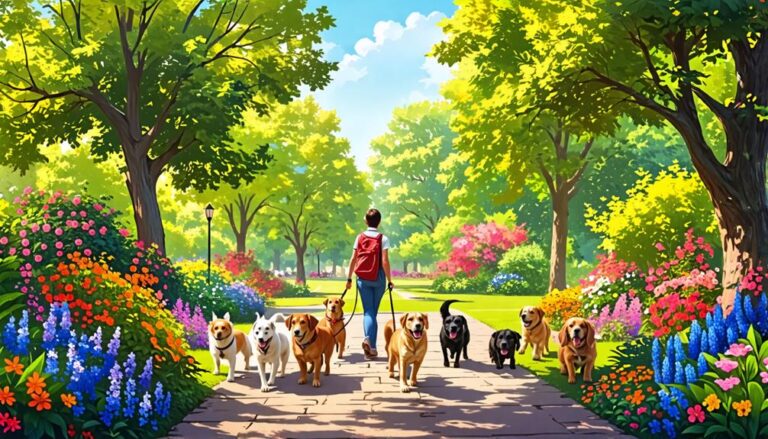

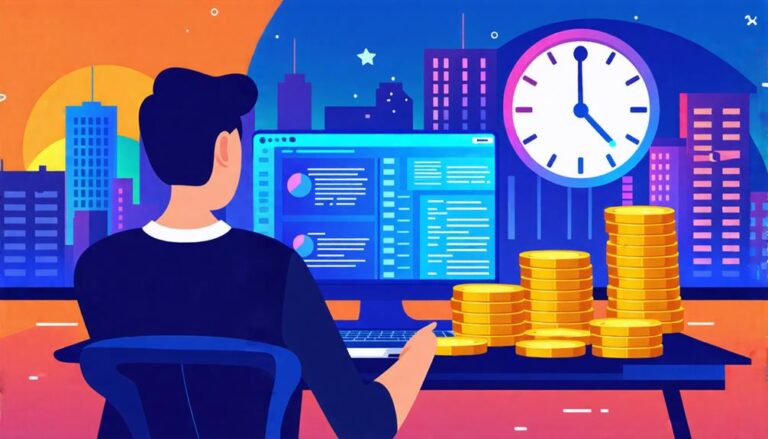




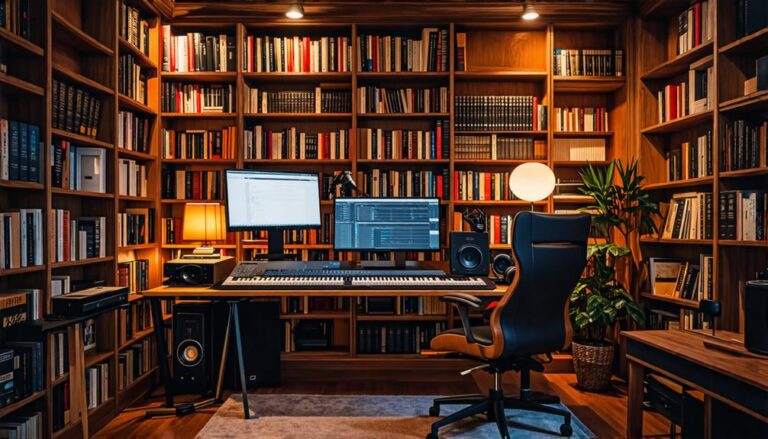







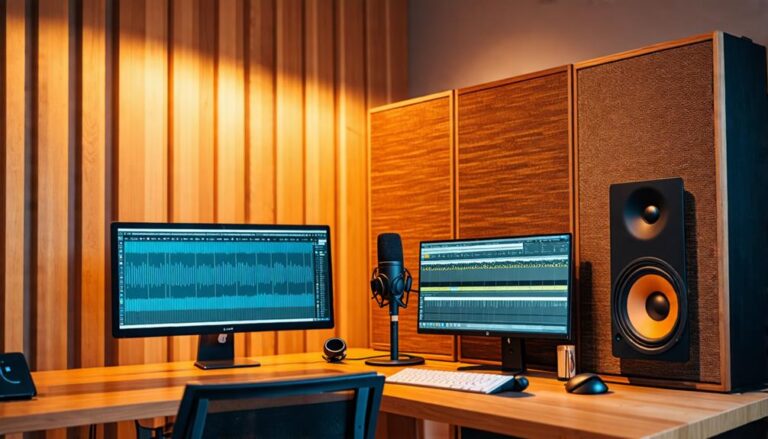


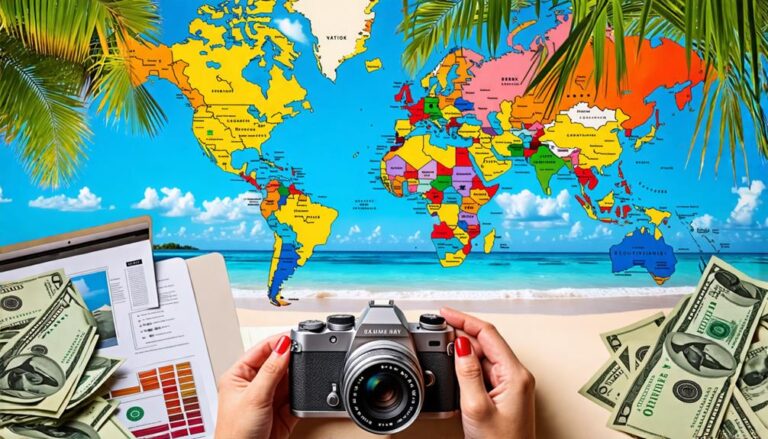

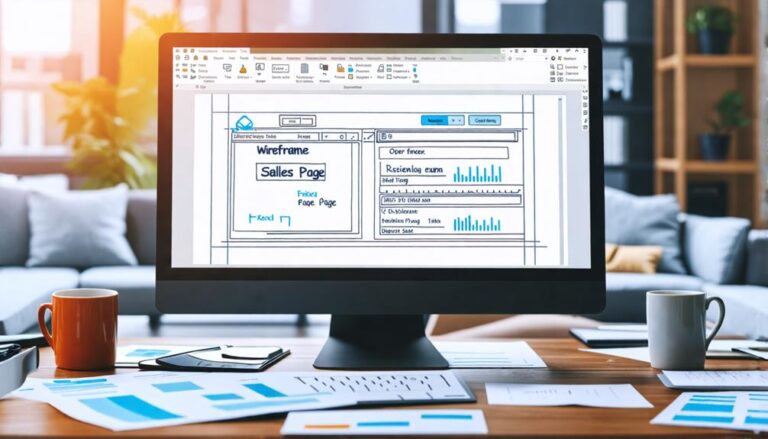







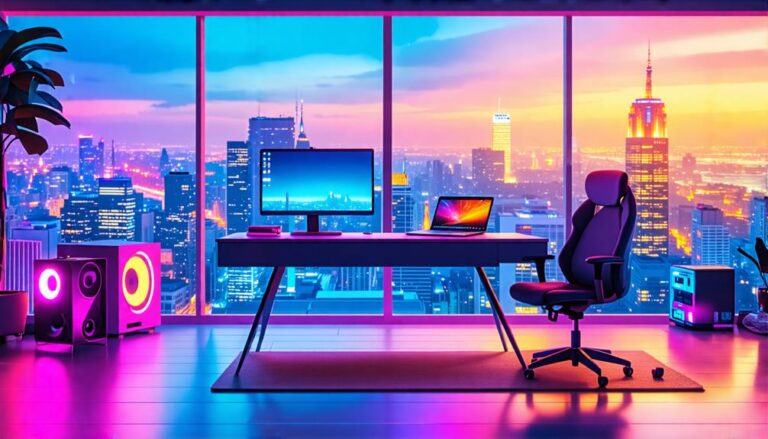
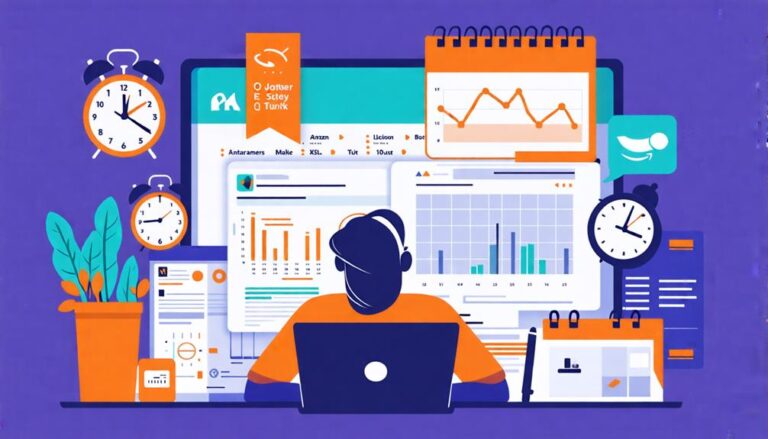

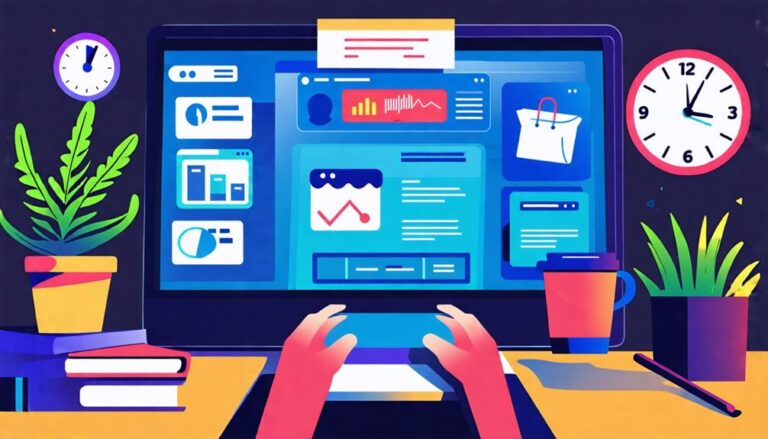
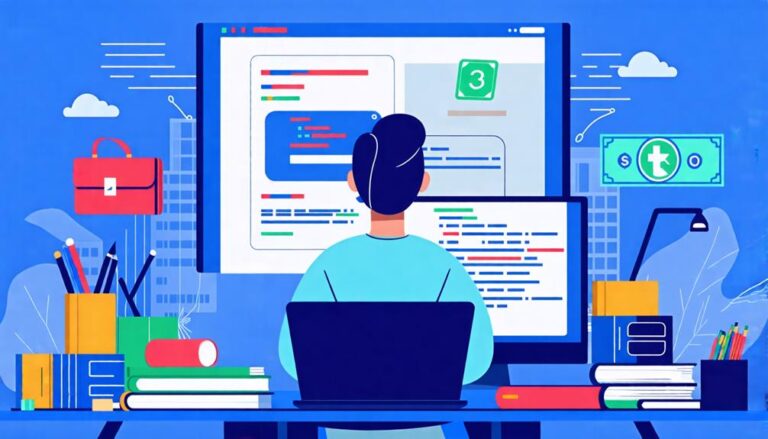


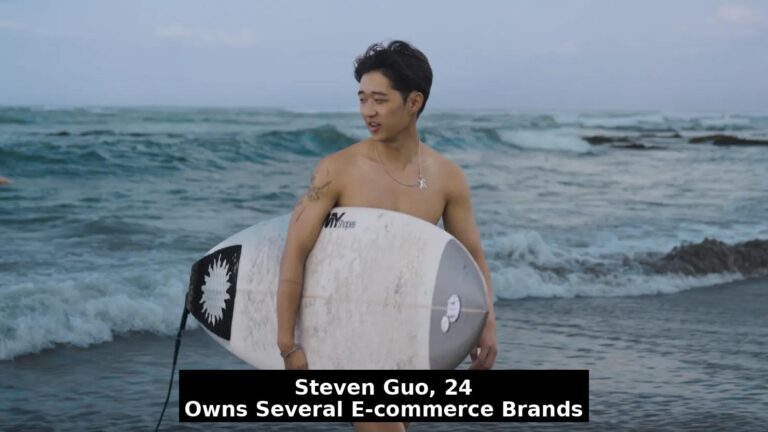
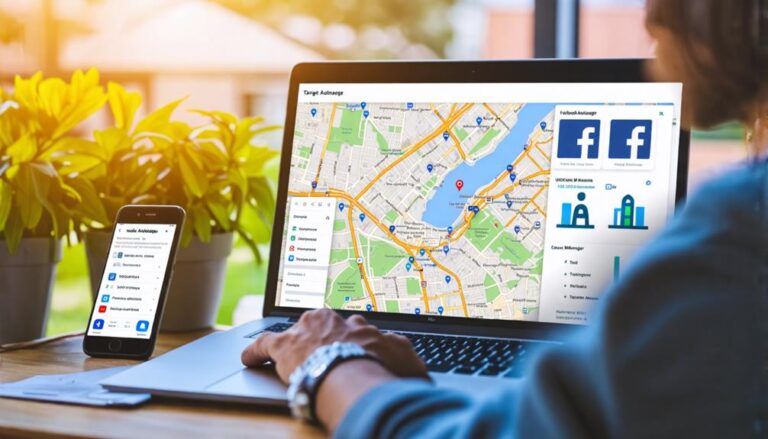






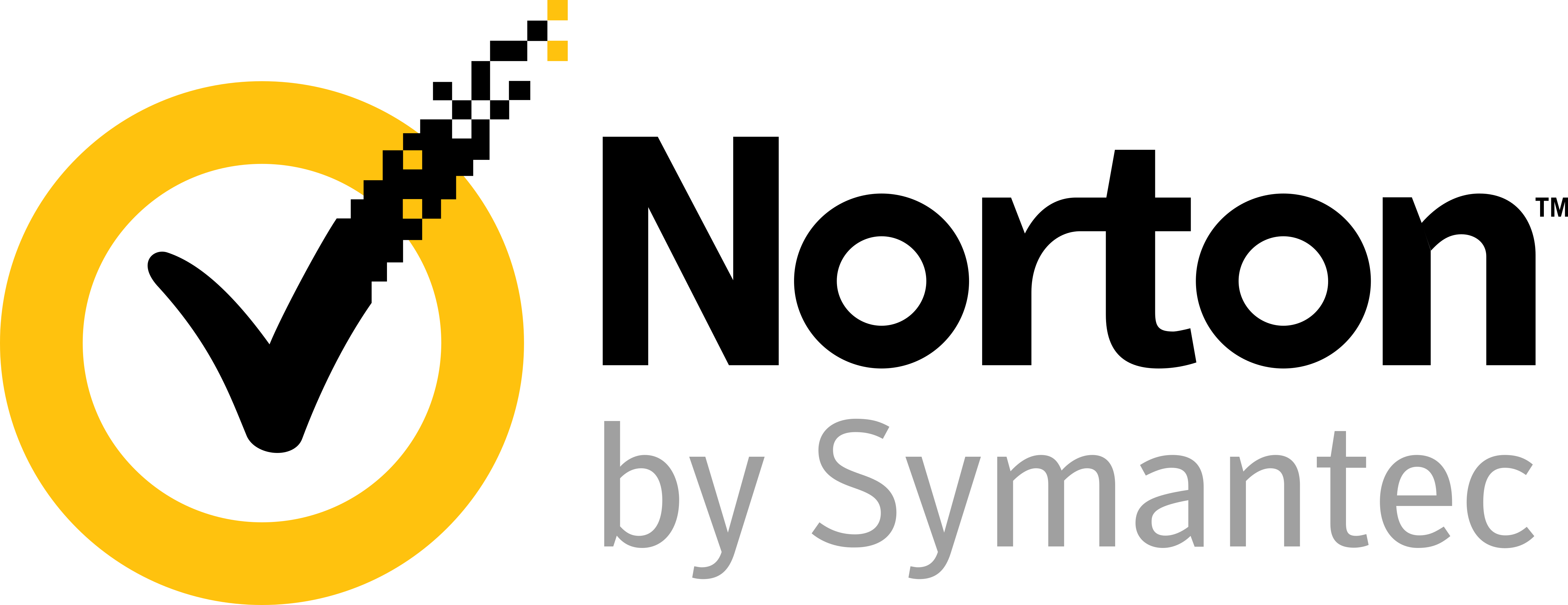
0
View comments